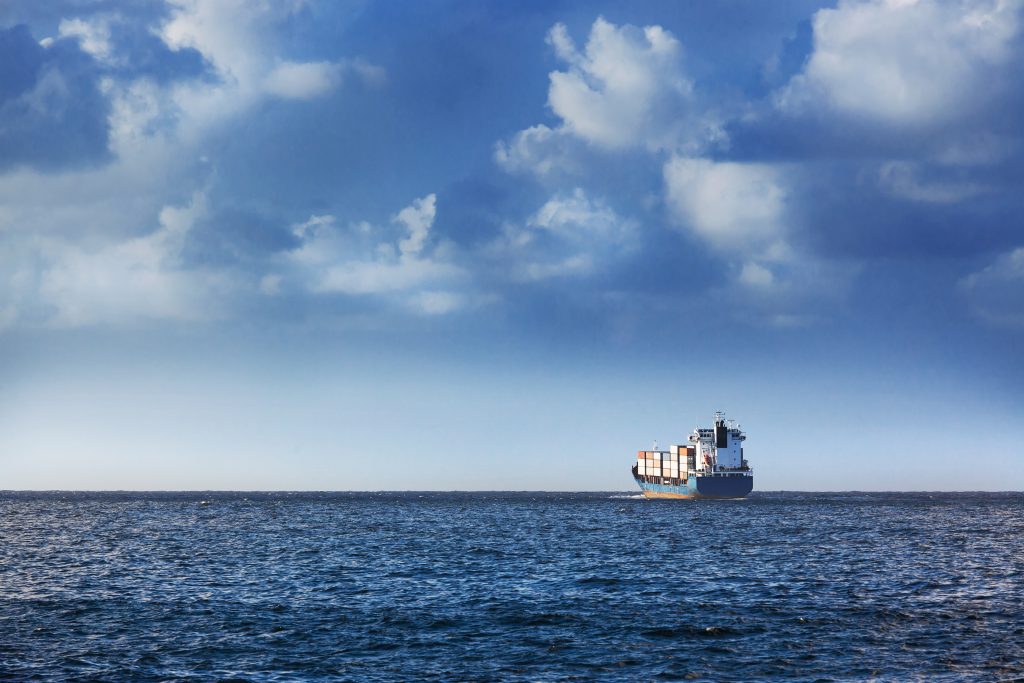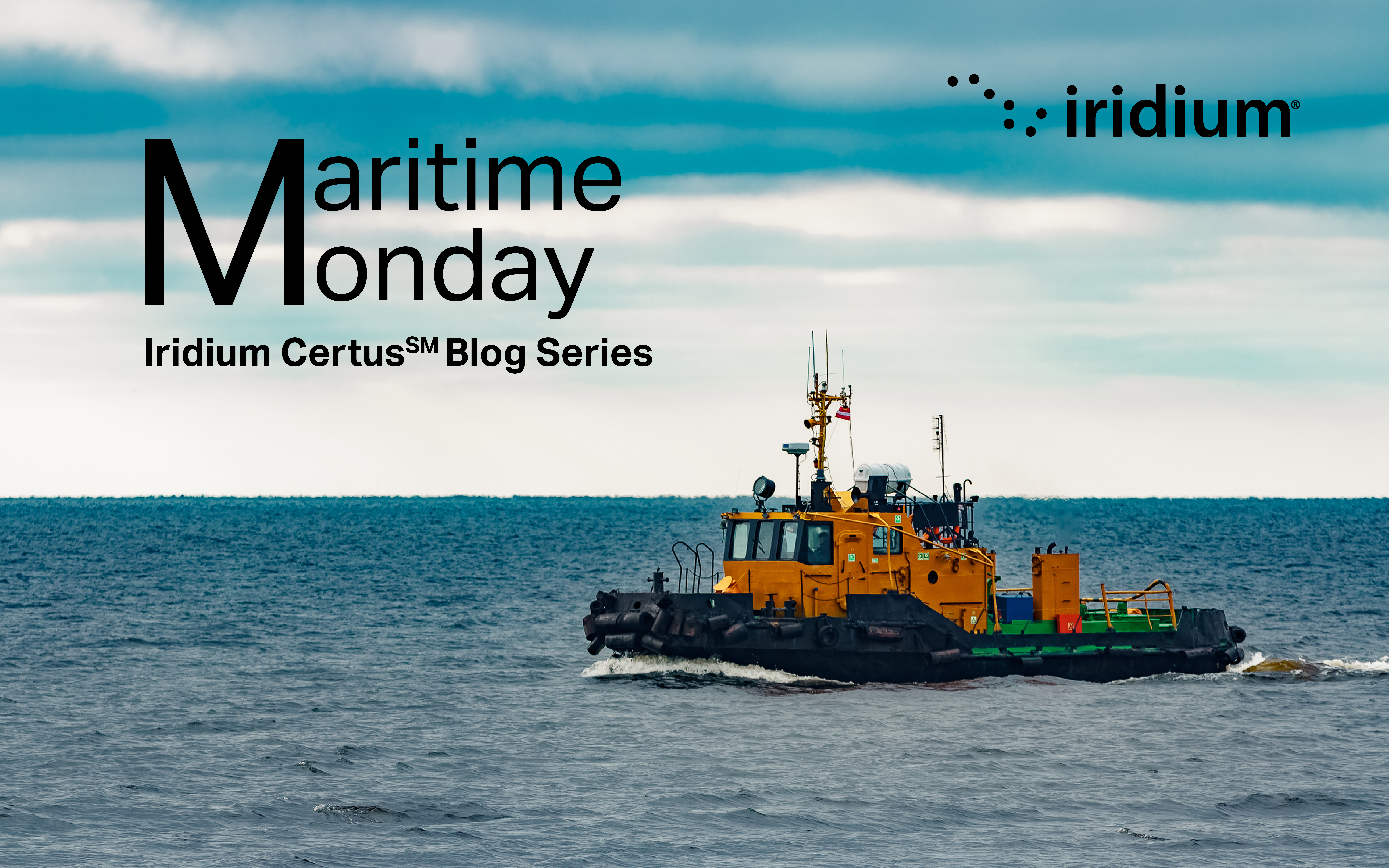 Guest Blogger: Kyle Hurst, Director of Iridium Maritime Safety & Security Services
Guest Blogger: Kyle Hurst, Director of Iridium Maritime Safety & Security Services
Every market uses a certain vocabulary. The maritime connectivity market is no different. Besides many regulatory acronyms such as Long-Range Identification and Tracking (LRIT), Ship Security Alert System (SSAS), Global Maritime Distress Safety System (GMDSS) – we all use technical abbreviations within our conversations such as High Throughput Satellite (HTS), Maximum Information Rate (MIR), Committed Information Rate (CIR) – the list is endless.
While we believe that we are communicating in the same terms, the actual definitions often depend upon the party that you convene with. For example, “broadband” as a term today will differ between an Internet provider and a maritime Satellite Network Operator (SNO). The same term ‘broadband’ will be perceived completely differently in 5 years from today.
The same rings true for the term “global”. Most SNOs claim to be global, but are they really? Is their “global” truly global? Does their global coverage cover only the main shipping trade routes? Iridium remains the only operator that doesn’t need a coverage map. If your ship can see the sky, the Iridium® satellites can see your ship.
Operators within a shipping management company are meticulous in their planning of a vessel’s trade. The trade routes are analysed using many different techniques, ensuring that they are optimised for fuel efficiency. However, the trade routes don’t take into account the vessel’s communications during the voyage. Would the commercial department be aware of holes in the global VSAT network, or if the VSAT antenna would be in blockage? A global VSAT network is not a single continuous beam that covers the earth. It consists of up to 40 separate beams stitched together, operated by several different SNOs. The VSAT modem cleverly blends these satellite signals, with a small loss of service as the VSAT antenna switches between the different beams. This methodology works well, but is still subject to blockages caused by (for example) the ship’s funnel or shore-based obstructions. It is imperative that a VSAT equipped vessel can switch over to an L-band based communications system that operates anywhere on Earth – even with obstructions.

The key difference between Iridium and other SNOs is our multi-satellite Low-Earth Orbit network. If a VSAT or geostationary satellite is in blockage, the antenna must search for a new signal. Assuming that another satellite is not available, the vessel’s communications will be restricted for a period of time – which can be excessive. This in turn can impact ship’s business, for example causing delays for voyage orders or Notice of Arrival and Departure message to port authorities.
Iridium’s CertusSM network is designed to operate in low signal conditions where other networks would struggle. Iridium Certus delivers the confidence that your fleet has connectivity across all five oceans.
Check out what Iridium Certus can offer you at www.IridiumCertus.com.


